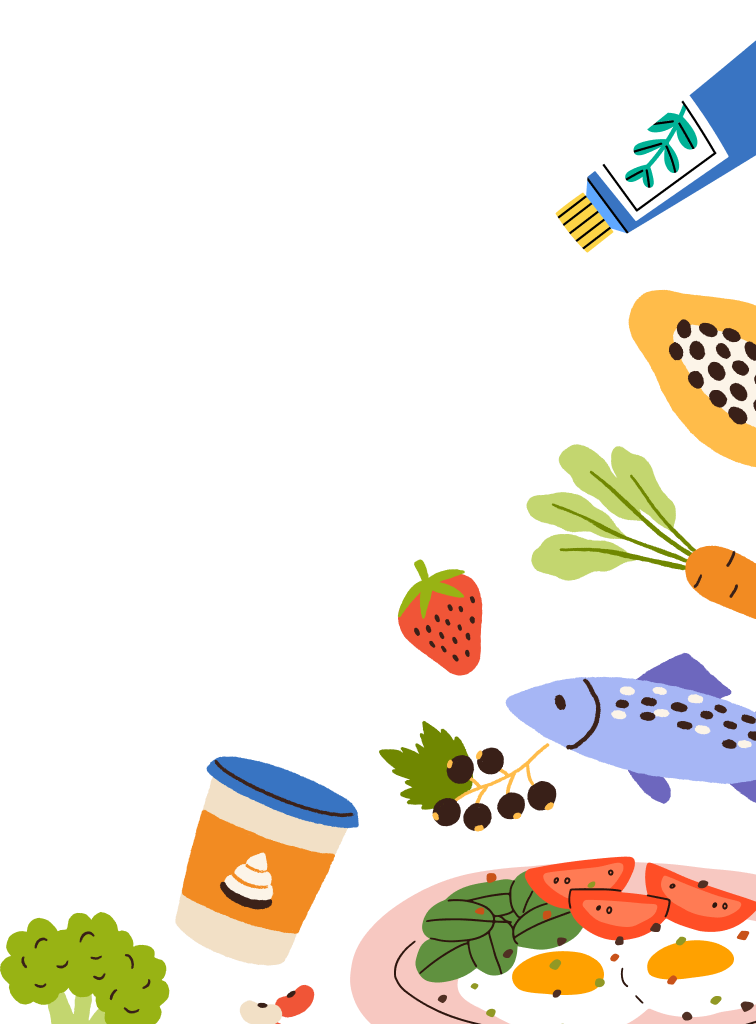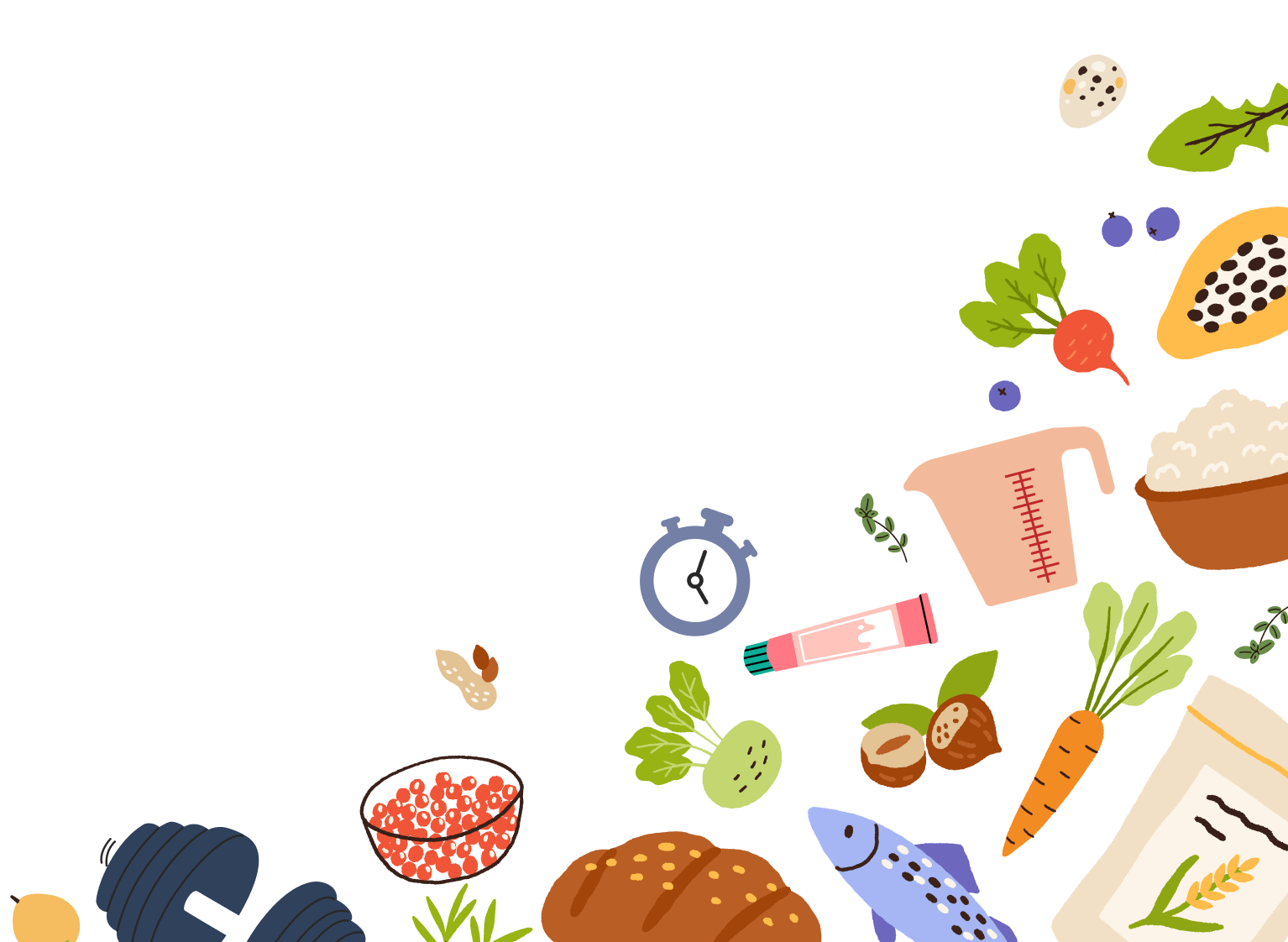Whole grains, fruits, vegetables.
We’ve been told for years now that increasing our fiber intake is the ticket to good health and longevity. What about when whole grains, fruit, and vegetables cause bloating, gas, constipation, and diarrhea?
If you’ve been diagnosed with IBS (Irritable Bowel Syndrome), these symptoms aren’t an occasional inconvenience; they are a constant way of life.
Do you suffer from IBS? If you answer yes, you are likely familiar with the Low FODMAP diet. This diet has become much more popular as of late, and many people follow it on their own, without the guidance of a medical professional or registered dietitian.
Many don’t realize this is a diagnostic diet, and foods should be reintroduced within a few weeks. Many IBS sufferers can tolerate at least one FODMAP group, if not more, so the reintroduction phase is a crucial way to determine what foods you can handle and those you cannot.
Don’t restrict your diet more than necessary to feel well. Remember that the correct serving size is the one that works for you! This will be highly individualized.
High-fiber foods like whole grains, lentils, beans, cabbage, apples, and pears, to name a few, are all eliminated in the initial phase of the Low FODMAP diet. Lower-density foods often replace these, leaving IBS sufferers with a lower fiber intake. So, is it possible to meet our fiber goals and still beat the bloat?
In short, yes! There is no “one size fits all” diet for any ailment, including IBS. You must look at your diet as a whole and determine what is tolerable for you. When we categorize foods as “high fiber/low fiber” or “healthy/unhealthy,” we box ourselves in, missing out on a variety of foods that do work for us.
Too much, too fast
So, how do you reach your fiber goals? First things first, don’t add too much too fast. Think of your gut as any other muscle. If you start lifting fifty-pound weights on day one, you probably won’t return for day two. But start slowly, and you’ll work your way up to 25-30g of fiber in no time. Be sure to drink plenty of water (aim for 75-100oz daily) as you increase your fiber intake!
Give Yourself a Few Weeks to Reach Your Goals:
Slow, steady changes lead to lasting results. Try some of these ideas for adding a little bit of fiber each day:
- 2 Tb of chia seeds to a smoothie
- 1 Tb of flaxseed to your oatmeal
- 1/8 avocado on toast
- 1 cup of blueberries
- 1/4 cup of chickpeas/garbanzo beans
- 1/2 cup of sweet potato
- 1 medium mandarin orange
- 1 cup cooked quinoa
- 15 green beans
- 1 cup gluten-free pasta
Transforming foods
Modifying foods to make them work for you is another tool to reach your fiber goals. Steel-cut oats too fibrous for you? Try Cheerios. The whole grain has been ground so fine; perhaps you can handle it this way. Is avocado on toast a no-go for your Sunday brunch? Try adding ½ an avocado to a smoothie. You might tolerate it just fine when blended with other foods and consumed as a liquid.
Remember: You are in control of your diet! Customize your foods to maximize symptom relief and get the most nutritional bang for your buck.




















Comments
Join The Conversation...